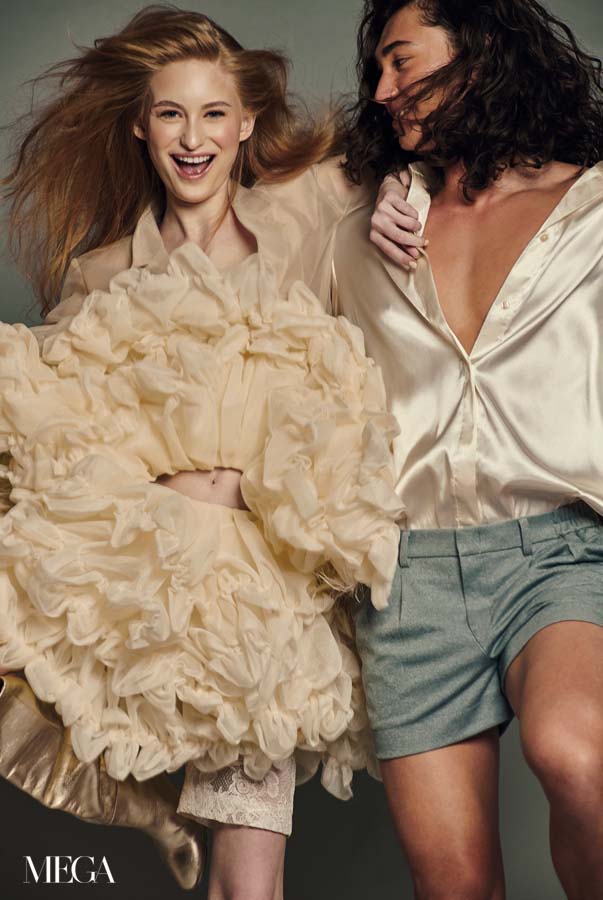At a time when tranquility and order were scarce, the essence of luxury was reinvented. It was forged into a new mold that fits the aspirations and demands of the people
This is an excerpt from MEGA’s December 2022 – January 2023 FORVM story.
Is it a Chanel caviar handbag? A Brunello Cucinelli shearling coat? A pair of Manolo Blahnik? Or a night at the Mark Hotel in Manhattan, New York? What exactly is luxury, especially after the height of a global health crisis?
For generations, the notion of luxury has always been thought of as rare and one that indulges in self-pleasure. With its nature being subjective and fleeting, defining contemporary luxury seemed futile until the great equalizer happened, the COVID-19 pandemic.
During the height of the health crisis, everyone wanted the same thing: the peace and familiarity that came with their lives before the never-ending lockdowns and restrictions, perpetual anxiety attacks, and the constant reporting of infection rates and death tolls.
The crisis did more than expose the fragility of the healthcare systems across the globe; it also opened the eyes of many to how crucial it is to maintain one’s health and wellness. As people became more aware of what better living entails and how priceless it is, health and wellness soon became a currency.
However, this blooming notion of luxury is not completely overlooking retail goods. Some people made shopping their way of coping with the turmoil caused by the pandemic—retail therapy became the key to maintaining their personal wellness.
In general, the mold of luxury started changing. Now, personal wellness does not simply mean balanced diets and regular exercise. It is something beyond that. It has evolved into a state of being that considers all areas of health: physical, mental, emotional, and spiritual well-being.
Heightened Demand

During the 2015 exhibition called “What is luxury?” held at London’s Victoria and Albert Museum, Jana Scholze, a design curator, characterized luxury as an object or experience that people desperately yearn for yet remains beyond reach. She said it was something inherently rarefied and not for everyone.
Drawing from this take, it is easy to make sense of the popularity of self-care and overall wellness among people. Like a dark cloud, the pandemic loomed over the public, bestowing psychological distress and anxiety to anyone. The isolation also made it difficult for people to access help.
According to the World Health Organization, over 60% of nations reported having halted their operations providing mental health services to those most in need. In May 2021, the Department of Health in the Philippines found that over 3.6 million Filipinos were battling mental health issues. As a result, there was a steady increase in people seeking mental health assistance through the government’s hotlines. From 2020 to 2021, the National Center for Mental Health logged an average of 32 to 37 calls daily.
Realizing there is a significant need to boost the mental healthcare system, the government and private sectors launched several initiatives to ease the problem. DOH, with the help of the United States Agency for International Development, for instance, introduced “Lusog-Isip,” a mobile app for self-care and mental health that is culturally adapted for Filipinos. Moreover, multiple health and wellness trends, like preventive medicine, drug-based therapies, and remote training, among others, also sparked the public’s interest.
These developments helped lead the shift in consumer demand for overall wellness services and helped redefine the concept of luxury. Now, luxury is partly being able to attend a therapy session, or go to a wellness retreat, when the need arises.
Read more about the new meaning of luxury in MEGA’s December 2022 – January 2023 issue, now available on Readly, Magzter, Press Reader and Zinio.
The post How the Pandemic Forged the Essence of Luxury Into a New Mold appeared first on MEGA.
How the Pandemic Forged the Essence of Luxury Into a New Mold
Source: Insta News Pinoy

0 Comments